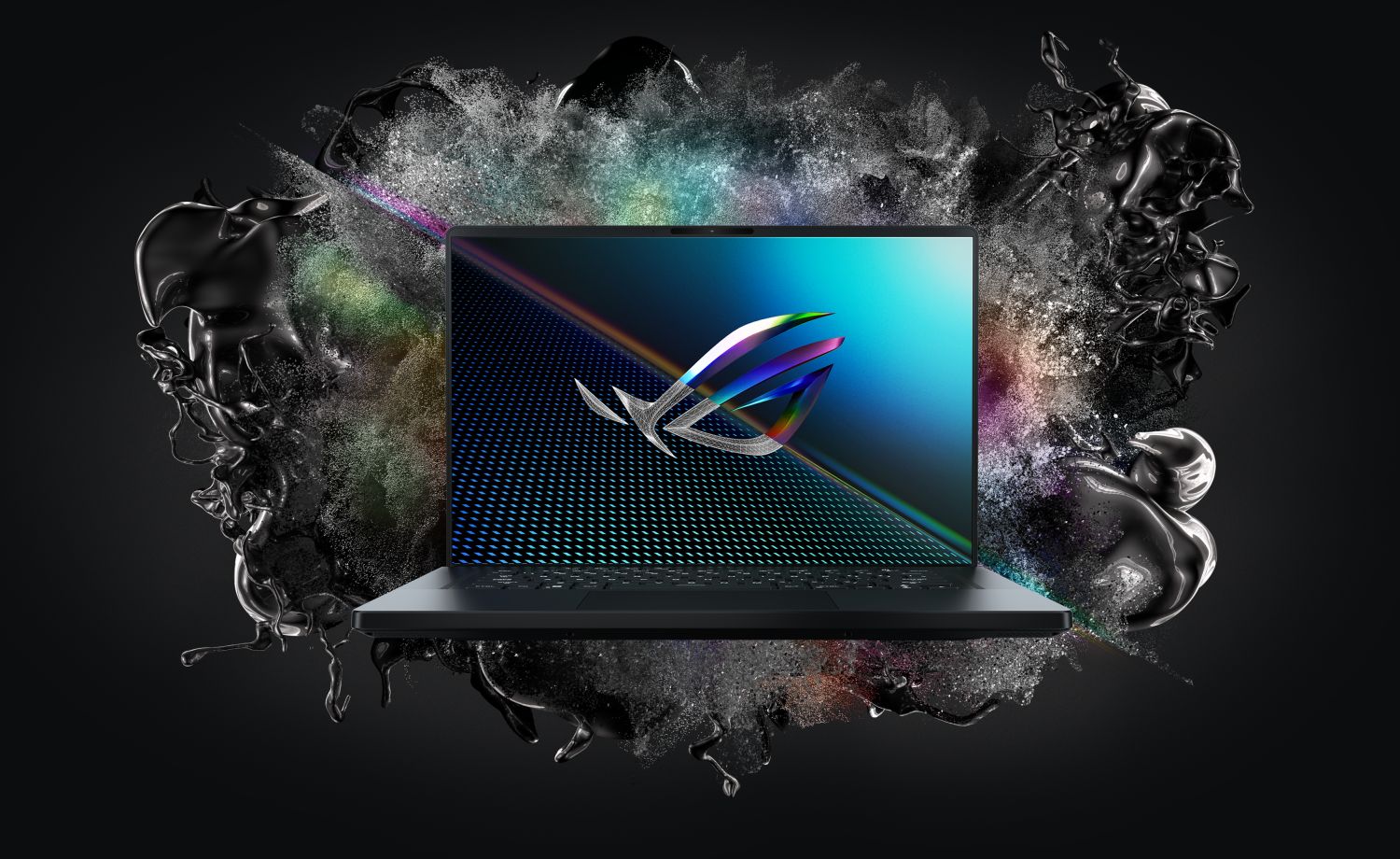One of the more important changes to the M16 is its display. While it still retains the same 16-inch panel size, this year’s model now uses ASUS’s ROG Nebula DIsplay technology. Beyond that it also maintains the same 16:10 aspect ratio, and WQXGA (2560 x 1600) resolution, as well as the same 165Hz refresh rate and 3ms response time. Design wide, the laptop also retains the same slim 15-inch chassis as its predecessor and, to an extent, several ROG Zephyrus models. Beneath the hood, the new M16 houses the top of the line Intel 12th generation Core i9-12900H CPU. Specifications-wise, the CPU sports a 14-cores (six P-Cores, eight E-Cores), 20-threads configuration, and has a base and boost clock of 2.4GHz and 5GHz. As for its GPU, the laptop will have a choice between an NVIDIA GeForce RTX 3060, an RTX 3070 Ti, or an RTX 3080 Ti. All of which have a TGP of 120W and access to MUX Switch and NVIDIA’s Optimus technology. Additional specifications for the M16 include up to 32GB of DDR5-4800MHz RAM running in dual-channel mode, up to 2TB of PCIe Gen4 storage with one additional vacant M.2 SSD slot, should you wish to expand the storage independently. Oh, and like the majority of current generation laptops, the M16 also supports the latest Wi-Fi 6E standard. Moving on, keeping the laptop running is a large 90WHr 4-cell battery. As for I/O ports, the M16 is equipped with a 2.5G LAN port, one Thunderbolt 4 port, a USB-C Gen 3.2 Gen2 port, two USB-A 3.2 Gen2, a microSD card reader, one 3.5mm audio combo jack, and one HDMI 2.0b output port. Then there’s the availability of the ASUS ROG Zephyrus M16, and it’s a little bit odd. While the laptop will be available from March onwards, ASUS is planning on bringing in the M16 models with the RTX 3070 Ti and RTX 3080 Ti GPU first, while the SKU with the RTX 3060 will only be arriving in Malaysia sometime between April and May. Pricing starts at RM8099 for the RTX 3060 SKU, RM11499 for the RTX 3070 Ti version, and RM16499 for the RTX 3080 Ti.
